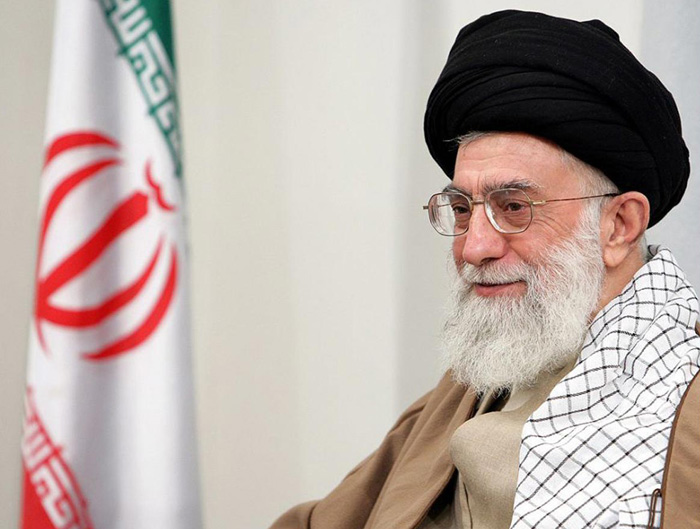Published in Maharashtra Times, January 17, 2016
Available at http://epaperbeta.timesofindia.com/Article.aspx?eid=31835&articlexml=17012016014007
To read the complete article click here
Available at http://epaperbeta.timesofindia.com/Article.aspx?eid=31835&articlexml=17012016014007
 |
| Source: Egyptian Streets Website |
I wrote an op-ed article in Maharashtra Times on the recent (Jan 6, 2016) North Korean nuclear test. The article analysed the whether the North Korean claim that they had tested a thermonuclear weapon was plausible. It also discussed North Korean and Pakistani nuclear and missile linkages and its implications for India.
To read the complete article click here




